OK, it´s time to start working on the first issue of our project magazine.
It´s up Czech team but of course it will be common work.
Students teams will cooperate in transnational teams and they should disscuss everything in forum.
Cover : You can see few of the icons that will be used on the cover of the 1st issue of project magazine. They were drawn by 2 Czech girls Daniela and Marisela. They are both pupils of 8th grade. We hope you like their work. Can you guess which physics quantity the icons mean?
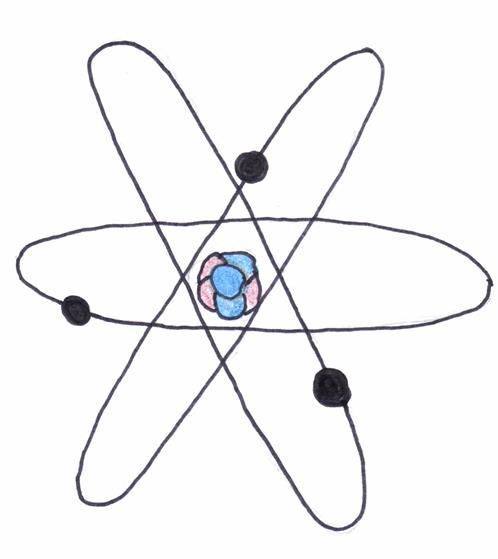
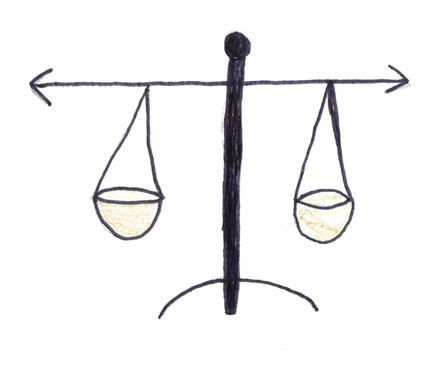
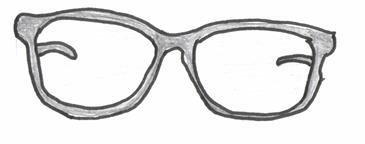
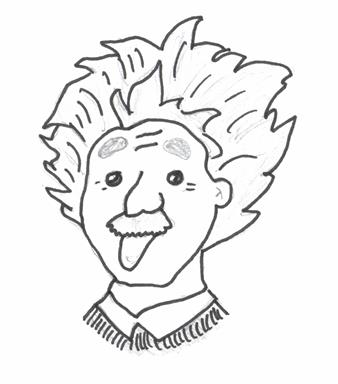
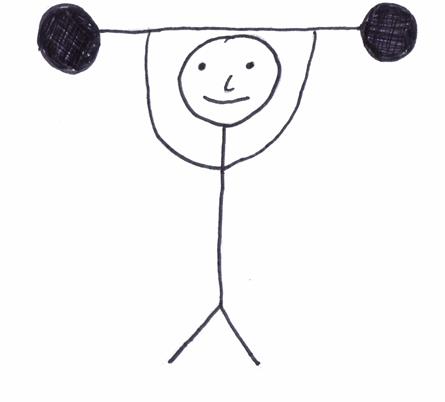
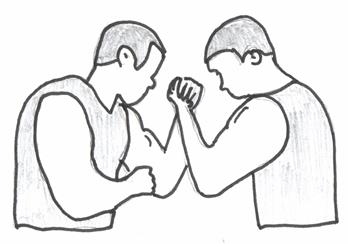
You can see more in materials :-)
____________________________________________________________________________________________________________
A Czech Physics teacher Drahoslava Vohnoutová is ready with her interesting article about Physics - you can read a short extract :
Physics - Uncrowned Queen of Sciences
It's my beloved, unruly queen of science said Mrs Vohnoutová ,a Czech Physics teacher. It blends with all disciplines - from philosophy, biology, mathematics to history, and guides us through our lives. Immediately after birth we were weighted and measured - weight and length are significant physical quantities; before we started walking, we often fall - we were looking for the center of gravity; we listen to everyday life and we also make sounds – so we can speak about the frequency.
____________________________________________________________________________________________________________________
Group 1 - task : to choose 4 - 5 famous scientist to the magazine . Disscussion in Forum
Czech pupils - Terka K. and Štěpánka H. - Czech physicists Otto Wichterle, František Křižík
Greek pupils - greek physicist and philosopher, Empedocles
Danish pupils - Ali, Julie, Johannes - physicist H. C. Ørsted, Niels Bohr
Spanish pupils - Sònia Fernández-Vidal is a Spanish writer, researcher, entrepreneur and scientific disseminator. She worked at the European Center for Nuclear Research (CERN) in the new particle accelerator project Large Hadron Collider (LHC) but we like her because she has combined her research with giving lectures about Physics,teaching and writing books about Quantum physics special for children and youth (for example "The door with the three locks").
German proposals :
Max Planck (born 1858 and died 1947) was a German theoretical physicist. While most of Planck’s colleagues thought that almost everything had already been dicovered in their discipline, Planck proved them wrong by founding the field of quantum mechanics. He introduced constant h, which describes that energy can only have discrete (and not continuous) values. These energy portions are known as quanta.
For his discoveries, Planck received the 1918 Nobel Prize in Physics – well deserved, as without his contributions modern technologies such as computers would not exist. (Jan)
And one more :
Otto von Guericke
Otto von Guericke (November 30, 1602 - May 21, 1686) was a German politician, lawyer, physicist and inventor who became known through his experiments with atmospheric pressure. In order to see the air pressure better he developed the barometer which is used for the weather forecast. Otto was fascinated by the enormous power of the air pressure. (Merle)
Also Sophie (one of German students) prepared a nice presentation about Albert Einstain :
Sophie, you have done a fantastic presentation!!! Very easy to understand and with beautiful photos! We love it! Thank you! (Spanish team)
__________________________________________________________________________________________________________
Group 3 - task: to create few quizes and puzzles connected with physics. Disscussion in Forum.
Czech pupils - Michaela P. and Matyas V.
Danish pupils - Sarawut, Markus
_____________________________________________________________________________________________________________
Group 4 - A window to school - shoort view into your school related to Physics lessons or interesting note.
A Window to Primary School Okružní1235 in Most
At 24th November 2017 have pupils of the eight and the ninth classes from our school participated in an international contest named „Náboj Junior“ for the first time. It was in a city Ústí nad Labem.
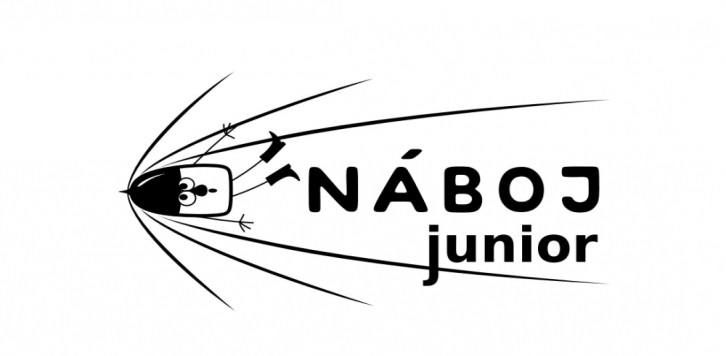
The competition is made for teams consisting of four members of secondary schools from Czech republic, Slovakia and Poland. The whole contest takes 120 minutes and in that time all the teams try to solve as much tasks as they can. Náboj isn’t about thoughtless use of already known things. The tasks require a certain does of invention and wit. Nearly right after the end of the competition you can see even international comparation of all the teams that have competed. In the total number of 30 competing schools, our pupils placed at the great 15th place.
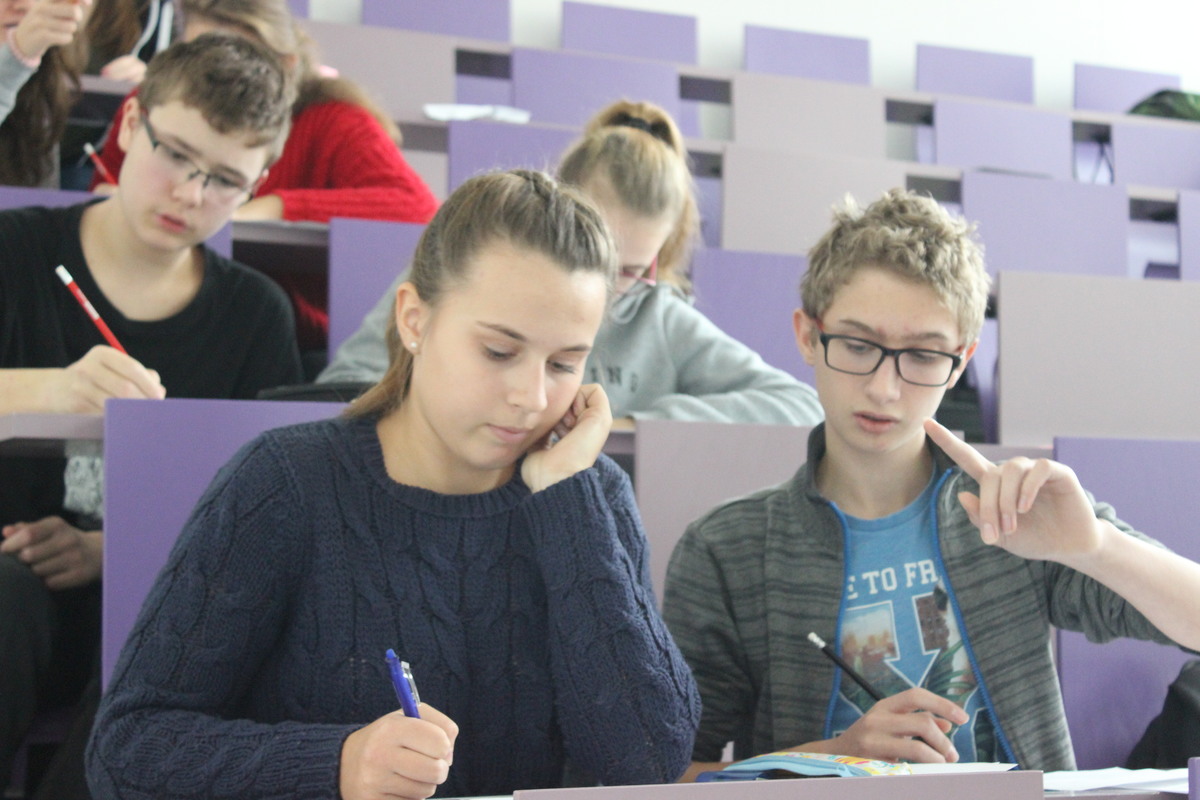
Here is one of the assigned tasks:
Task number 15. . . Tournament of knights
Queen Elizabeth has organized a knights’ tournament in which only one will win; the fastest, the strongest, the bravest, the wisest and the funniest of them all. There was a total number of 200 knights signed in for the competition from wide area around. The knights always compete in pairs while only one from the pair goes on in the tournament. However, if in some round one knight doesn’t find himself a rival, he automatically goes on to the next discipline. How many battles of pairs did happen in the tournament, if there was really only one true winner in the end?
Would you be able to solve this task?
__________________________________________________________________________________________________________________________
A Window to Barrufet School: Electricity workshop 6th grade
A Window to Barrufet school "Greenhouse effect" workshop (Water Heater) 5th grade
Fantastic - Well Done ! Thanks for sharing :-) We like your work very much ! (Czech Team)
Very interesting presentation - Great job Barrufet School :) Greetings from the Danish Team
***************
Physics education in Denmark
By Sebastian Sørensen, physics teacher, Rosengårdskolen
In Denmark our education in physics is based on 6 areas of focus from the curriculums of the 3 subjects of physics, biology and geography, in which the students will be tested at the end of Grade 9.
The students must be able to show that they can conduct different experiments and explain the theory behind them.
Most of the time we are working “hands on” and very often we do field trips. In this photo, taken yesterday, we are visiting a combined heat and power plant.
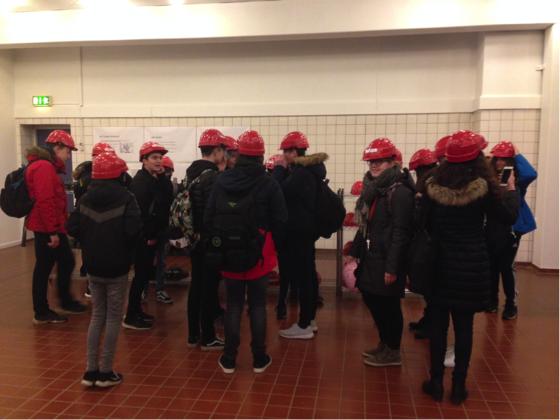
The students start science lessons in Grade 1, so they are used to work scientifically from an early age, but actual physics lessons are not introduced until Grade 7.
A very good way to evaluate their comprehension! (Conduct experiments and then explain the theory behind them)That's physics! Very interesting! (Spanish team)